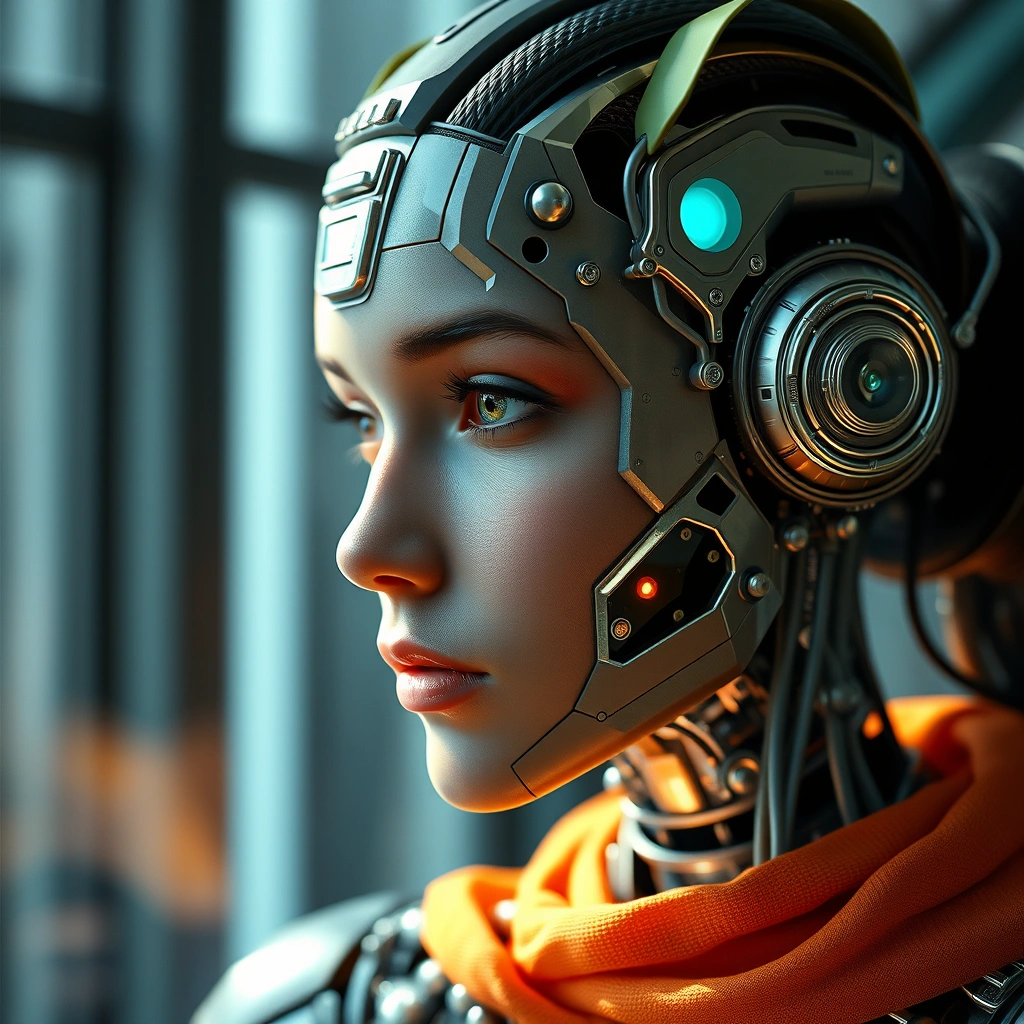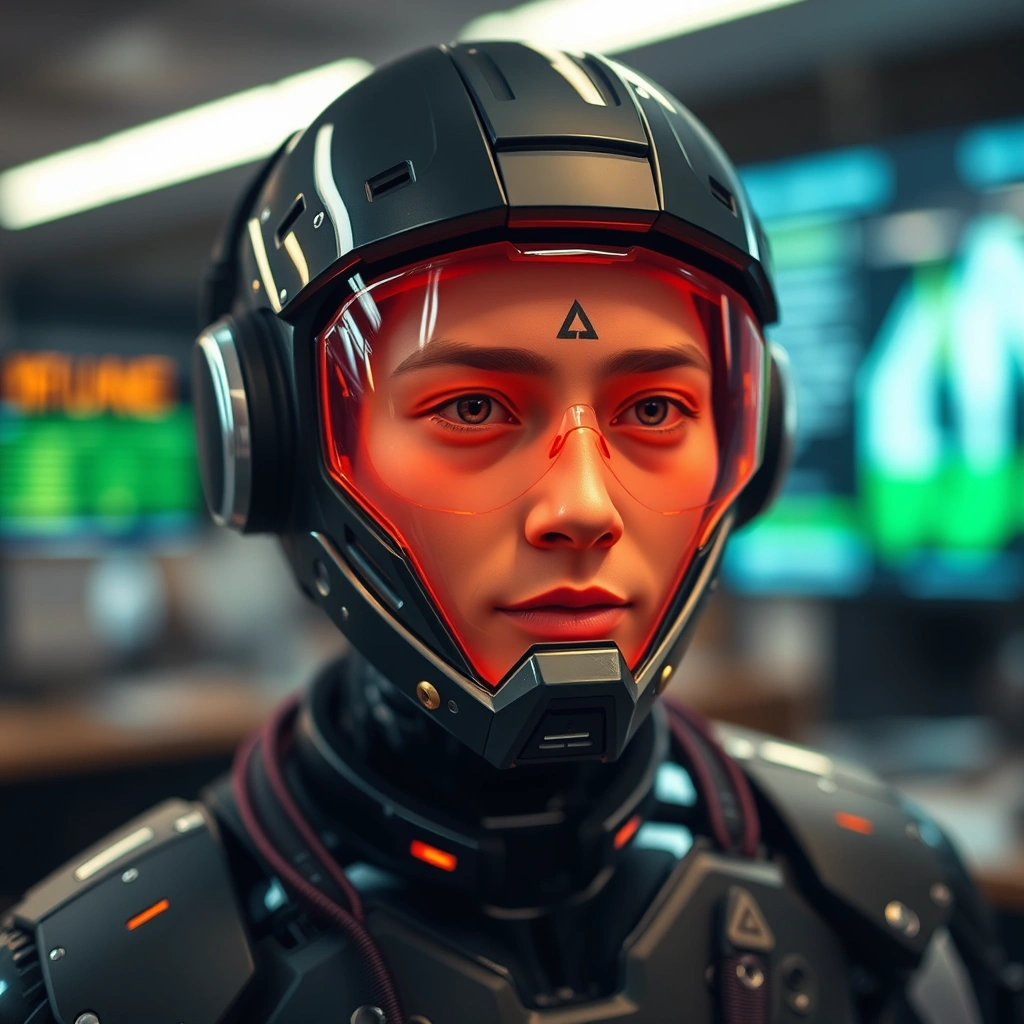The Rise of AI Decision Making
As we increasingly rely on technology to make our lives easier, AI systems are being tasked with making decisions on our behalf. The AI decision process is becoming ubiquitous, from simple recommendations on what to watch next on our favorite streaming services to complex decisions in healthcare and finance. But have you ever stopped to think about how these AI systems arrive at their decisions? Understanding the AI decision-making process is crucial as it becomes more pervasive in our daily lives.
How AI Systems Make Decisions
AI decision-making is based on complex algorithms that process vast amounts of data. These algorithms can be broadly categorized into two types: rule-based systems and machine learning models. Rule-based systems follow a set of predefined rules to make decisions, whereas machine learning models learn from data and improve their decision-making capabilities over time. The AI decision process involves several stages, including data collection, data preprocessing, model training, and model deployment.
The Role of Data in AI Decision Making
Data is the lifeblood of AI decision making. The quality and quantity of data used to train AI models directly impact their ability to make accurate decisions. For instance, a study by Gartner found that poor data quality is one of the top reasons for AI project failures. To make informed decisions, AI systems require diverse, relevant, and well-annotated data. Techniques such as data augmentation and transfer learning can help improve the robustness of AI models.
Types of AI Decision Making
AI decision making can be categorized into several types, including:
– Deterministic decision making: Where the outcome is certain and predictable.
– Probabilistic decision making: Where the outcome is uncertain and based on probabilities.
– Optimization-based decision making: Where the goal is to optimize a specific objective function.
Applications of AI Decision Making
AI decision making is being applied in various domains, including:
1. Healthcare: AI-powered diagnosis and personalized medicine.
2. Finance: AI-driven credit scoring and risk assessment.
3. Transportation: AI-based route optimization and autonomous vehicles.
For more information on AI applications, visit the IBM Watson website.
Bias in AI Decision Making
One of the significant challenges in AI decision making is bias. AI systems can perpetuate and even amplify existing biases if the training data is biased or if the algorithms are not designed to account for bias. For example, a study by MIT found that facial recognition systems can be biased against certain demographics. To mitigate bias, it’s essential to develop AI systems that are transparent, explainable, and fair. Techniques such as debiasing word embeddings and fairness metrics can help reduce bias in AI decision making.
The Future of AI Decision Making
As AI continues to evolve, we can expect AI decision making to become even more pervasive and sophisticated. The development of explainable AI (XAI) and transparent AI decision-making processes will be crucial in building trust in AI systems. By understanding how AI systems make decisions, we can design more robust, reliable, and fair AI decision-making processes.
To stay ahead of the curve in AI decision making, it’s essential to stay informed about the latest developments and advancements. For more information on AI and its applications, visit khmuhtadin.com.









